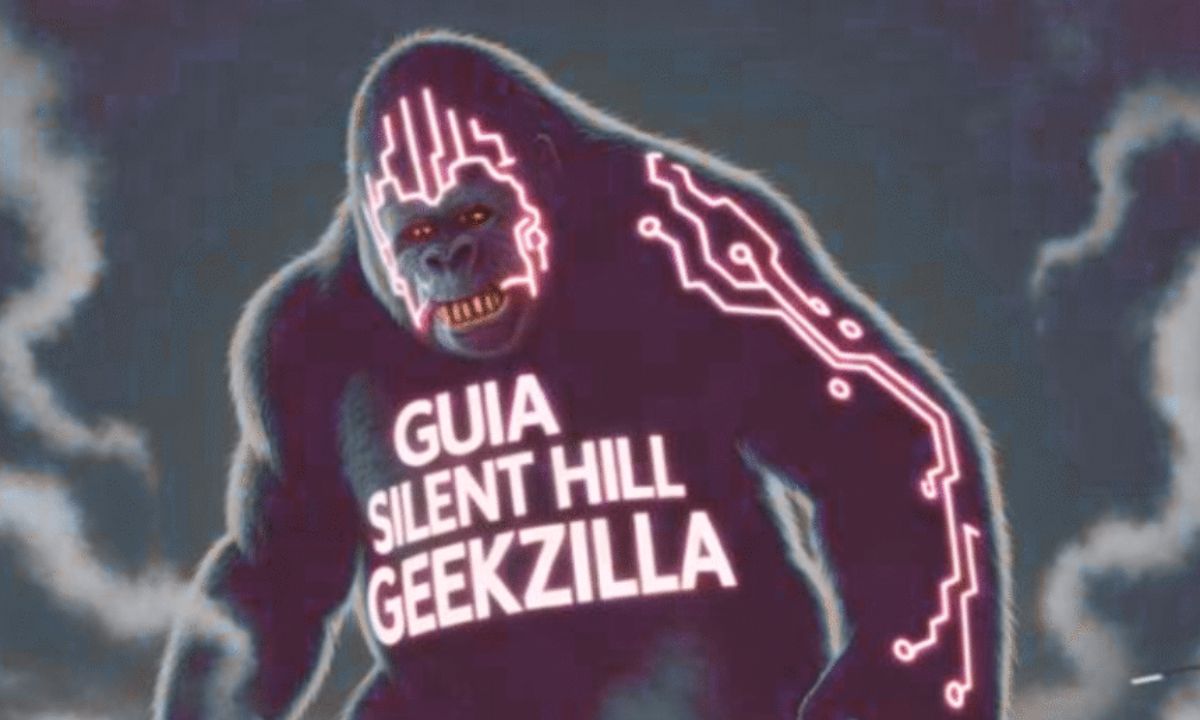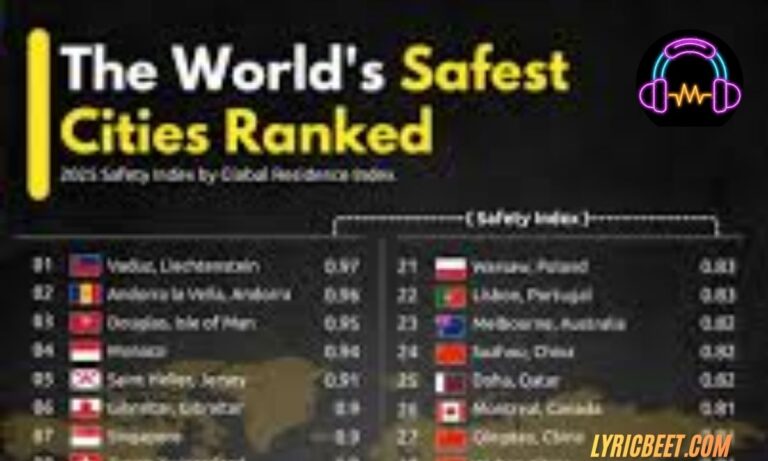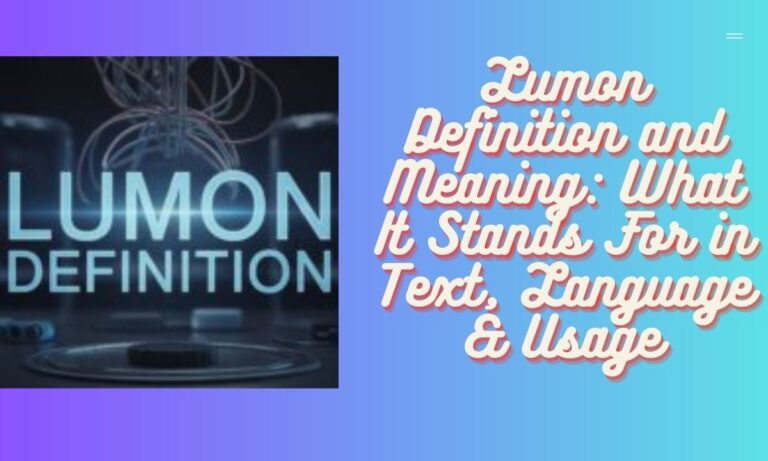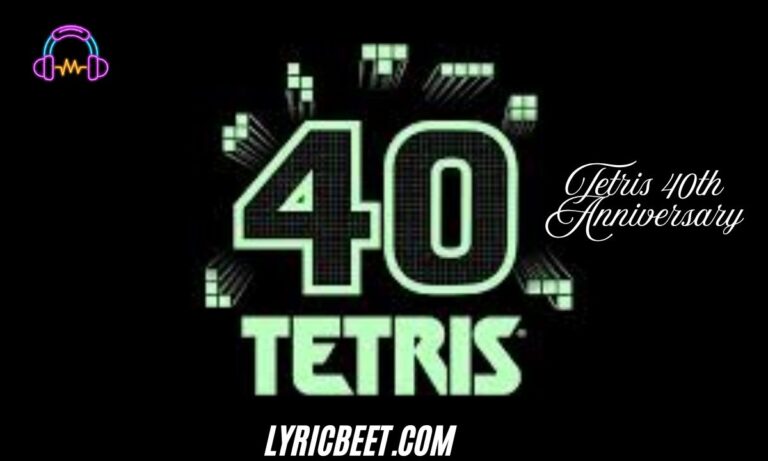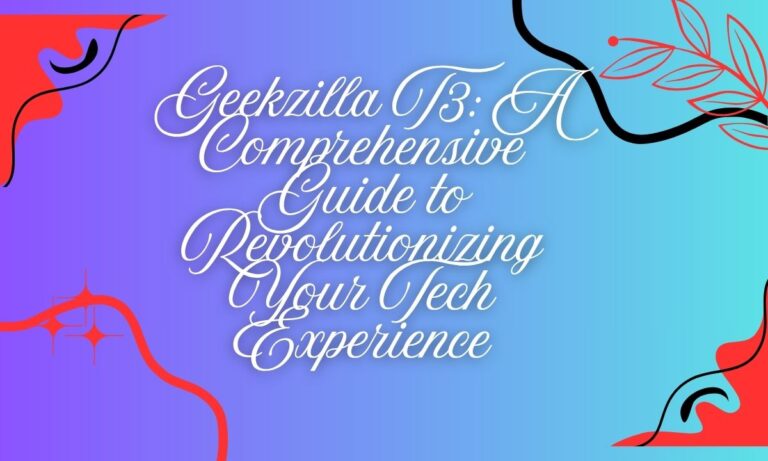Silent Hill Geekzilla: The Definitive Horror Game Walkthrough For Every Fan
Welcome to the ultimate guide for navigating the nightmarish fog-shrouded streets of Silent Hill. Whether you’re a series veteran who has conquered the town’s twisted dimensions multiple times or a newcomer stepping into the perpetual darkness for the first time, this definitive walkthrough is designed to illuminate every shadow, uncover every secret, and guide you through every horrifying encounter.
Throughout these pages, you’ll find detailed walkthroughs for every location, puzzle solutions that won’t spoil the chilling narrative beats, combat strategies for the grotesque creatures that hunt you, and guidance on achieving multiple endings based on your choices and actions. We’ve also included tips on finding hidden items, easter eggs, and lore details that deepen your understanding of Silent Hill’s rich mythology and the personal demons that draw each protagonist into its grasp.
What Is the Guia Silent Hill Geekzilla?
The Guia Silent Hill Geekzilla is a complete resource designed for horror gaming enthusiasts. It serves as your ultimate companion through the entire Silent Hill franchise. This guide combines practical gameplay advice with deep thematic analysis. It helps both newcomers and veteran players experience these games fully.
The guide covers everything you need to know about Silent Hill. It includes detailed walkthroughs for every major title. You’ll find puzzle solutions explained step by step. Combat strategies are paired with enemy symbolism explanations. The resource connects narrative threads across the entire series seamlessly.
This comprehensive guide was created by dedicated fans at Geekzilla. They spent countless hours researching and verifying every detail. Multiple playthroughs ensured accuracy throughout the guide. The result is a trusted reference for the entire community.
Different player types benefit from this guide in different ways. Newcomers find clear instructions for navigating each game. Veterans discover deeper lore connections and overlooked secrets. Casual players get survival tips and quick answers. Hardcore fans appreciate the thematic and symbolic breakdowns.
The Geekzilla approach emphasizes both gameplay and storytelling understanding. Combat strategies are paired with enemy symbolism explanations. Puzzle solutions include context about why those puzzles exist. This dual focus creates a richer gaming experience for everyone.
The Origins of Silent Hill
Silent Hill debuted in 1999 on the original PlayStation console. Konami developed this groundbreaking title as competition for Capcom’s Resident Evil. However, this game took a completely different approach to horror storytelling. Instead of zombies and action, it focused on psychological terror and atmosphere.
The game’s director, Keiichiro Toyama, drew inspiration from various sources. Films like Jacob’s Ladder influenced the nightmarish visual design. Literature about cults and occultism shaped the narrative. The result was something entirely unique in the gaming industry.
The town of Silent Hill itself became an iconic character in gaming history. The perpetual fog created an oppressive atmosphere unlike anything else. Radio static warned players of approaching monsters. These elements combined to create unforgettable tension and dread.
Silent Hill revolutionized how horror could be presented in video games. Psychological elements replaced pure jump scares and gore. The games explored human trauma and guilt through creative symbolism. This approach influenced countless horror titles that followed.
The franchise’s impact on survival horror gaming cannot be overstated. It proved that horror could be artistic and meaningful. Games didn’t need constant action to be engaging and terrifying. Silent Hill demonstrated that the atmosphere and story could be more frightening than monsters.
| Game Title | Release Year | Platform | Developer |
| Silent Hill | 1999 | PlayStation | Team Silent |
| Silent Hill 2 | 2001 | PS2, Xbox, PC | Team Silent |
| Silent Hill 3 | 2003 | PS2, PC | Team Silent |
| Silent Hill 4 | 2004 | PS2, Xbox, PC | Team Silent |
| Silent Hill: Origins | 2007 | PSP, PS2 | Climax Studios |
Recommended Play Order (Geekzilla Method)
The Geekzilla recommended order differs significantly from chronological release dates. This sequence maximizes narrative impact and thematic understanding. Starting with Silent Hill 2 allows newcomers to experience the strongest entry first. This game requires absolutely no prior knowledge of the series.
After Silent Hill 2, players should experience the original Silent Hill. This establishes the town’s history and cult background story. The narrative becomes more coherent with this historical foundation. You’ll understand references and callbacks that appear later.
Next comes Silent Hill 3, which directly continues the first game’s narrative. This game builds upon established lore and characters. Playing it after the first game creates emotional continuity. The story connections become clearer and more impactful.
Silent Hill 4: The Room offers a different experience entirely. This experimental entry works best after understanding series conventions. Playing it later prevents confusion with its unique gameplay mechanics. You’ll appreciate its bold approach more with serious knowledge.
Later games like Origins and Homecoming provide additional context. However, they’re optional for understanding the core narrative. These entries explore different aspects of Silent Hill’s mythology. They enhance the experience but aren’t essential.
Optimal Sequence
- Silent Hill 2 – This is the standalone masterpiece that hooks new players
- Silent Hill – This provides essential series foundation and background
- Silent Hill 3 – This direct sequel completes the original story arc
- Silent Hill 4 – This experimental entry challenges gameplay conventions
- Origins – This prequel exploration adds optional context and depth
Core Themes and Symbolism

Guilt and punishment form the foundation of Silent Hill’s narrative structure. The town manifests personal demons as physical monsters. Each character faces their own customized nightmare. This makes every playthrough thematically unique and personal.
Religious symbolism appears throughout the franchise extensively. The Order cult practices twisted interpretations of various religions. Christian, pagan, and indigenous American beliefs blend together. This creates a disturbing spiritual landscape unlike any other horror game.
The duality of reality separates Silent Hill from other horror games fundamentally. Characters shift between the normal fog world and hellish Otherworld. These transitions represent psychological breaks or major revelations. Understanding when and why these shifts occur enriches your experience significantly.
Parental relationships drive many character motivations and fears throughout the games. Father-daughter dynamics appear repeatedly across multiple titles. Absent mothers create deep psychological wounds in characters. These family traumas manifest as the most disturbing monsters.
Identity and memory play crucial roles in the storytelling. Characters question who they really are. Memories become unreliable and distorted. The games explore how trauma shapes personal identity fundamentally.
Key Characters and Their Arcs
James Sunderland remains the franchise’s most complex protagonist. His journey in Silent Hill 2 explores grief and repression deeply. The letter from his deceased wife draws him to town mysteriously. His true motivations slowly unravel throughout the game’s progression.
Heather Mason (Cheryl) connects the first and third games together. Her identity crisis forms the core of Silent Hill 3. She discovers her connection to cult activities and prophecies. Her arc examines identity, memory, and predetermined destiny.
Harry Mason begins as an ordinary father searching for his daughter. His determination drives the original game’s narrative forward. He uncovers the town’s dark secrets through investigation. His actions have consequences that ripple through future games.
Henry Townshend experiences confinement in his apartment building. His escape attempts drive Silent Hill 4’s narrative. He discovers voyeuristic tendencies he never acknowledged. His character arc explores guilt and complicity.
Each character represents different aspects of human psychology. They struggle with personal demons manifested as monsters. Their stories resonate because they explore universal human fears. The character development is exceptional throughout the series.
Character Motivation Table
| Character | Game | Core Motivation | Internal Conflict |
| James Sunderland | SH2 | Find deceased wife | Guilt and repression |
| Heather Mason | SH3 | Escape cult destiny | Identity crisis |
| Harry Mason | SH1 | Rescue daughter | Protecting innocence |
| Henry Townshend | SH4 | Escape apartment | Voyeurism and guilt |
Monster Analysis – Beyond Jump Scares
Pyramid Head represents guilt and sexual frustration in Silent Hill 2. This executioner figure punishes James throughout his journey. The monster’s design intentionally evokes discomfort and unease. His appearances mark significant psychological revelations for James.
The nurses symbolize different concepts depending on the game context. In Silent Hill 2, they represent James’s sexual frustration. In Silent Hill 3, they reflect Heather’s fear of hospitals. Each game tailors monsters to protagonist psychology specifically.
Abstract Daddy ranks among the series’ most disturbing creatures. This monster represents childhood trauma and abuse explicitly. The design deliberately creates visceral discomfort in players. Defeating it requires confronting difficult emotional truths.
Monster design in Silent Hill always serves narrative purposes. They’re not random creatures meant purely to scare players. Each represents specific psychological states or traumas. Understanding monster symbolism deepens appreciation for the game’s artistry significantly.
The Flesh Lips monster appears when characters face communication failures. This creature represents speech impediments and expression difficulties. The Mannequins symbolize hollowness and emptiness in existence. Each monster design carries psychological weight and meaning.
Puzzle Walkthroughs and Strategies
Silent Hill puzzles require careful observation and logical thinking. The difficulty setting affects puzzle complexity significantly. Easy mode provides straightforward solutions quickly. Hard mode demands careful attention to environmental details.
Riddle difficulty should be set based on your experience level. Normal mode offers a good balance for most players. Riddles reference literature, poetry, and philosophical concepts. Having a notebook to track clues proves invaluable.
The piano puzzle in Silent Hill appears frequently in player discussions. Players must match bird paintings to correct piano keys. The solution requires reading environmental clues carefully. This puzzle exemplifies the series’ approach to challenges.
Environmental observation is absolutely crucial for puzzle solving. Every detail matters in the Silent Hill games. Symbols on walls provide hints for complex puzzles. Item combinations unlock new areas and progress.
Common Puzzle Types
- Number locks requiring mathematical calculations and logic
- Symbol matching based on environmental observation and clues
- Riddles drawing from literature, poetry, and philosophical concepts
- Musical puzzles involving instrument interaction sequences
- Item combination requiring inventory management and experimentation
Survival and Combat Tips
Resource management is crucial for survival in Silent Hill. Ammunition remains scarce throughout most games. Health items should be conserved for critical situations. Running past enemies often proves smarter than fighting them.
The radio serves as your primary warning system throughout the game. Static increases as monsters approach your location. Learning to interpret static intensity prevents dangerous ambushes. Always keep the radio equipped in dangerous areas.
Melee weapons provide reliable backup when ammunition runs low. The steel pipe appears in most games as standard equipment. Learning attack patterns and timing improves your survival rates. Defensive play outweighs aggressive approaches consistently.
Difficulty settings affect both combat and puzzle complexity substantially. Action difficulty determines enemy health and damage output. Riddle difficulty changes puzzle solutions and clue availability. Most players should start with normal settings initially.
Exploration between combat encounters is extremely important. Finding supplies early helps later in the game. Health kits hidden in unexpected places save your life. Always search thoroughly before advancing further.
Combat Essentials
- Conserve ammunition specifically for boss encounters
- Use melee weapons for weaker enemies and common threats
- Learn dodge timing carefully to avoid damage
- Exploit enemy weaknesses when they become apparent
- Strategic retreat beats unnecessary confrontation every time
Hidden Endings and Unlock Requirements
Multiple endings encourage replay value across the series. Player choices and actions determine which conclusion unlocks. Some endings provide closure while others raise unanswered questions. Certain endings require specific item collection and behavior patterns.
Ranking systems track player performance across various categories. Completion time affects ending availability in some games. The number of saves used can influence outcomes. Health item usage factors into calculations for certain titles.
Silent Hill 2 Endings
The “Leave” ending represents acceptance and moving forward. James acknowledges his actions and seeks redemption. This conclusion provides the most hopeful outlook possible. Most players encounter this ending on their first playthrough.
The “In Water” ending shows James succumbing to guilt completely. This dark conclusion resonates with many players emotionally. Specific behaviors like examining Angela’s knife trigger this ending. Health management and certain dialogue choices influence this outcome.
The “Maria” ending suggests James hasn’t learned anything important. He replaces Mary with her doppelganger instead. This ending requires frequent Maria interactions throughout gameplay. It represents denial and repetition of harmful patterns.
Silent Hill 3
Silent Hill 3 endings depend on Heather’s forgiveness capacity. The standard ending shows Heather defeating the cult. This conclusion provides narrative closure to the first game’s story. Most players naturally obtain this ending through normal gameplay.
The possession ending occurs when Heather doesn’t forgive Claudia. This darker conclusion shows corruption winning ultimately. Players must refuse forgiveness at key dialogue moments specifically. The ending emphasizes revenge over healing completely.
Silent Hill 4
Silent Hill 4 features four possible endings with variations. Walter Sullivan’s ritual creates unique circumstances for Henry. Eileen’s health throughout the game determines ending availability. Her survival state affects the final outcome significantly.
The best ending requires keeping Eileen healthy consistently. Players must escort her carefully through dangerous areas. Healing items should be prioritized for her safety. This ending provides the most complete resolution possible.
Easter Eggs, Secrets, and Fan Discoveries
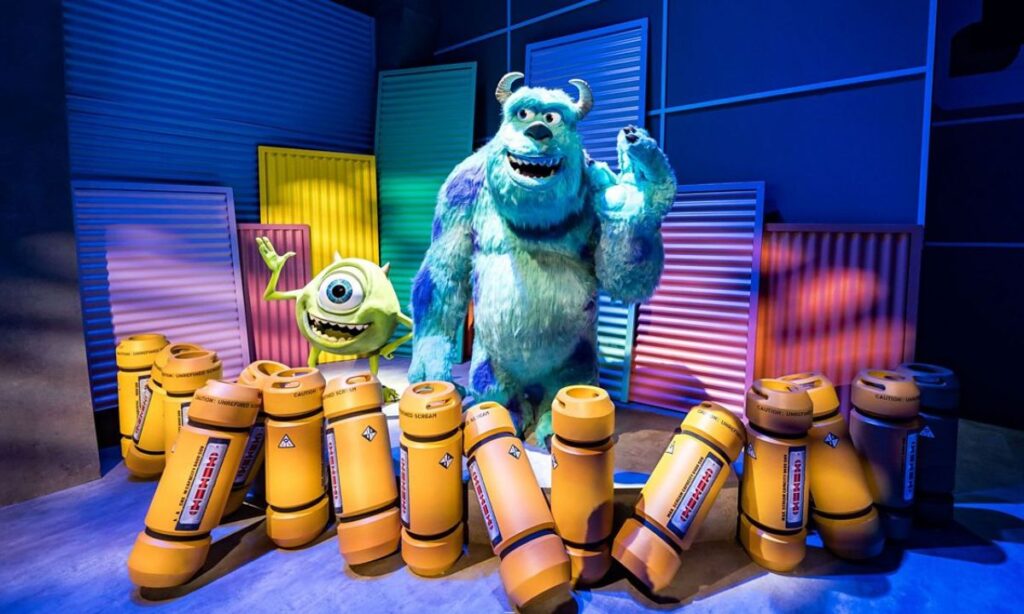
The UFO endings appear in multiple Silent Hill games. These absurd conclusions involve alien abductions comically. They unlock after completing specific ending requirements. These joke endings became a beloved franchise tradition.
Hidden weapons reward thorough exploration and multiple playthroughs. The Hyper Spray in Silent Hill 2 functions as unlimited ammo. The Heather Beam in Silent Hill 3 provides powerful attacks. These weapons break game balance intentionally for fun.
Room 302 connections span across multiple game entries. This location appears in both Silent Hill 2 and 4. Observant players noticed these connections before Silent Hill 4’s release. These details demonstrate the series’ attention to continuity.
Notable Secrets
- UFO endings across multiple titles for comedy
- Special weapons for completed saves and replays
- Costume unlocks for replay value and customization
- Developer messages hidden in various environments
- Cross-game references connecting the entire series
The Future of Silent Hill
Konami announced multiple Silent Hill projects in recent years. The Silent Hill 2 remake by Bloober Team generated significant excitement. This remake updates graphics while respecting the original vision. Fans cautiously anticipated this revival of the classic masterpiece.
Silent Hill f represents a new direction for the franchise. This entry moves away from American settings to Japan. Neobards Entertainment brings a fresh perspective to the series. The project aims to honor Silent Hill’s psychological horror roots.
Silent Hill: Townfall from Annapurna Interactive promises experimental gameplay. This project comes from the developers behind Outer Wilds. Their unique approach to environmental storytelling suits Silent Hill perfectly. Fans anticipate a thought-provoking experience from this innovative team.
The Silent Hill: Ascension interactive streaming project engaged fans differently. This experimental approach allowed community choices to affect the story. While controversial, it demonstrated franchise evolution attempts. The results influenced ongoing narrative developments moving forward.
| Project | Developer | Type | Status |
| Silent Hill 2 Remake | Bloober Team | Remake | Released 2024 |
| Silent Hill f | Neobards | New Entry | In Development |
| Silent Hill: Townfall | Annapurna | New Entry | In Development |
| Silent Hill: The Short Message | Konami | Free Game | Released 2024 |
Frequently Asked Questions
What makes Silent Hill different from other horror games?
Silent Hill emphasizes psychological horror over action and jump scares. The series explores deep themes like guilt, trauma, and personal demons through rich symbolism and atmospheric storytelling.
Do I need to play Silent Hill games in order?
No, most Silent Hill games feature standalone stories you can enjoy independently. However, Silent Hill 3 directly continues the first game’s narrative, so play those sequentially for best results.
What’s the best Silent Hill game for beginners?
Silent Hill 2 works perfectly for newcomers to the series. It requires no prior knowledge and represents the series at its absolute finest quality.
Are the monsters in Silent Hill random?
No, every monster represents specific psychological themes related to the protagonist. They’re carefully designed manifestations of each character’s inner demons and traumas.
How do I get different endings?
Endings depend on player choices and actions throughout the game. Item usage, dialogue selections, and exploration patterns all factor into final outcome calculations.
Conclusion
The Guia Silent Hill Geekzilla provides everything needed to appreciate this legendary franchise. From gameplay mechanics to deep symbolism, this guide covers all aspects comprehensively. Silent Hill remains unmatched in psychological horror gaming excellence.
Understanding the series requires patience and careful observation. The games reward attention to detail and thematic analysis. Every playthrough reveals new layers of meaning and symbolism. The franchise offers endless depth for dedicated fans.

